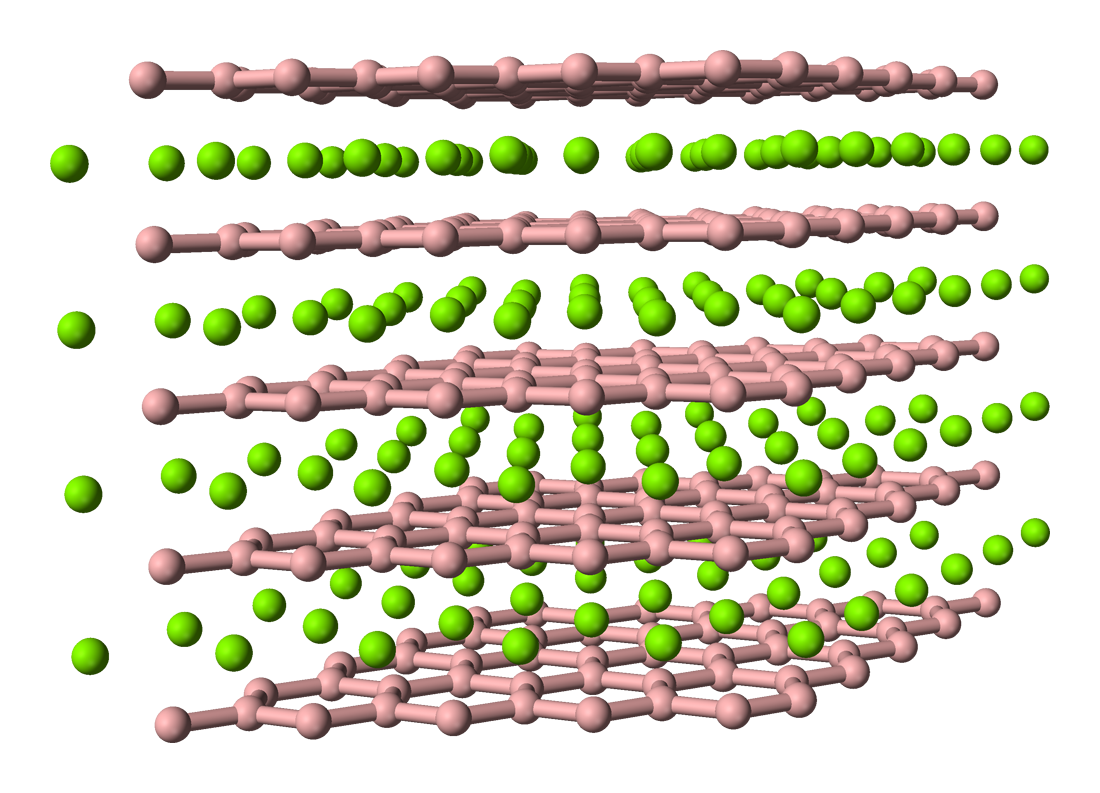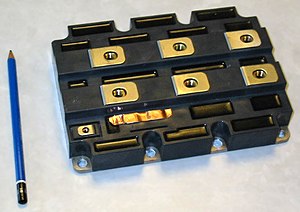Substrate biology the natural environment in which an organism lives or the surface or medium on which an organism grows or is attached substrate locomotion the surface over which an organism locomotes substrate marine biology the earthy material that exists in the bottom of a marine habitat like dirt rocks sand or gravel.
Ceramic substrate wikipedia.
A decal ˈ d iː k æ l us also d ɪ ˈ k æ l can ˈ d ɛ k əl or transfer is a plastic cloth paper or ceramic substrate that has printed on it a pattern or image that can be moved to another surface upon contact usually with the aid of heat or water.
A ceramic material is an inorganic non metallic often crystalline oxide nitride or carbide material.
Ceramic is the name for some materials that are formed by the use of heat the word ceramic comes from the greek word κεραμικός keramikos chemically it is an inorganic compound of metal non metal or metalloid atoms held together by chemical bonds.
Substrate may refer to.
Up to the 1950s or so the most important were the traditional clays made into pottery bricks tiles and the like also cements and.
Direct bonded copper dbc substrates are commonly used in power modules because of their very good thermal conductivity they are composed of a ceramic tile commonly alumina with a sheet of copper bonded to one or both sides by a high temperature oxidation process the copper and substrate are heated to a carefully controlled temperature in an atmosphere of nitrogen containing about 30 ppm.
Some elements such as carbon or silicon may be considered ceramics ceramic materials are brittle hard strong in compression and weak in shearing and tension.





























